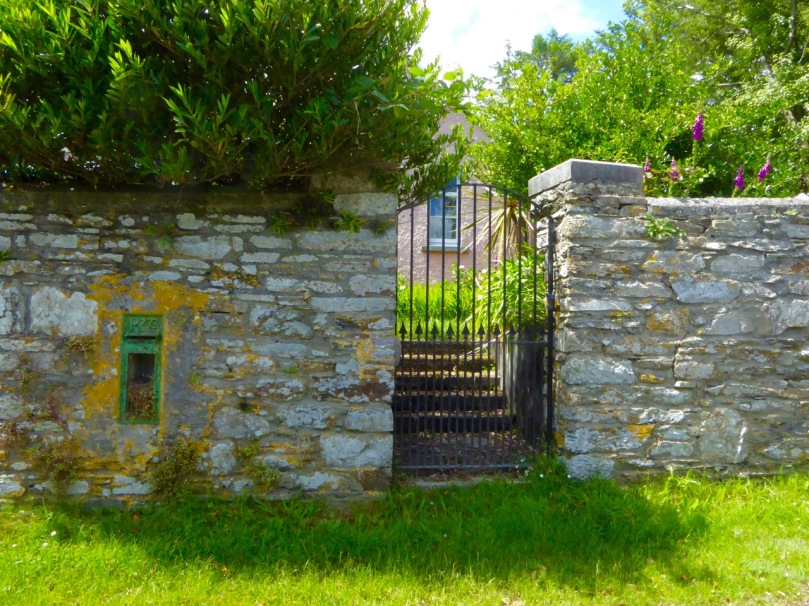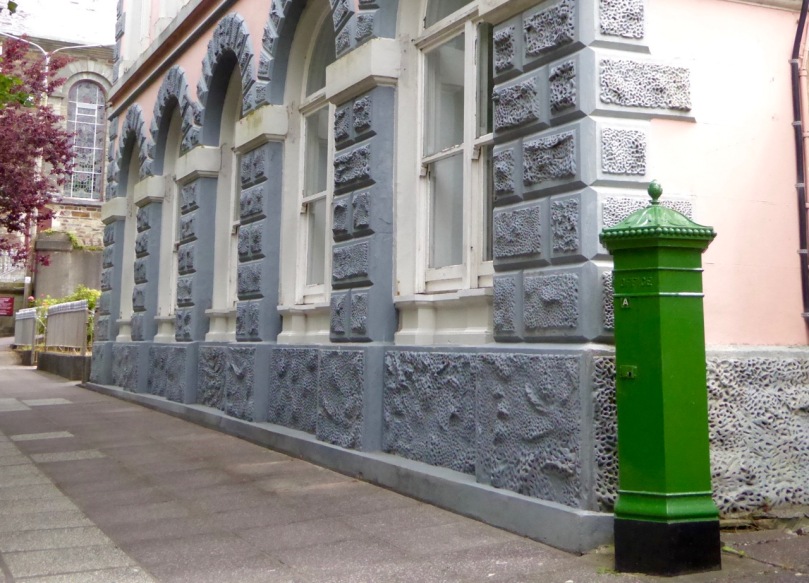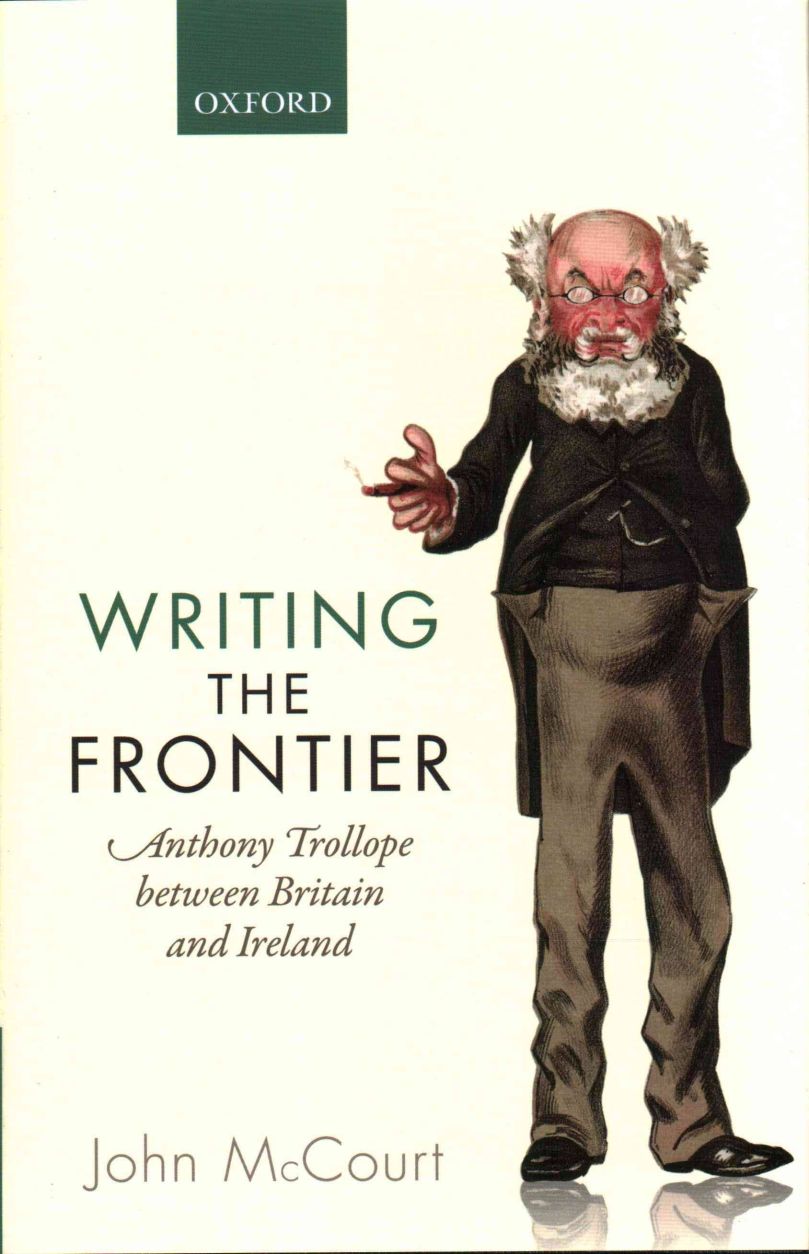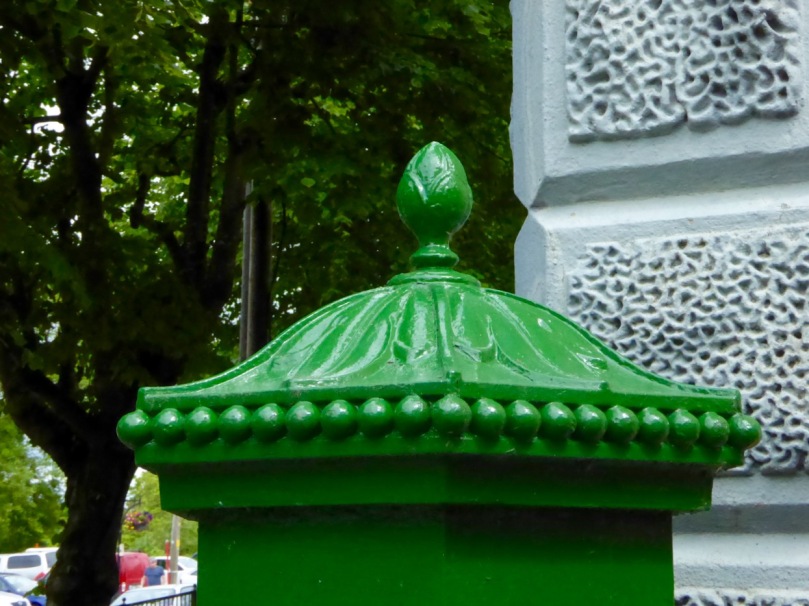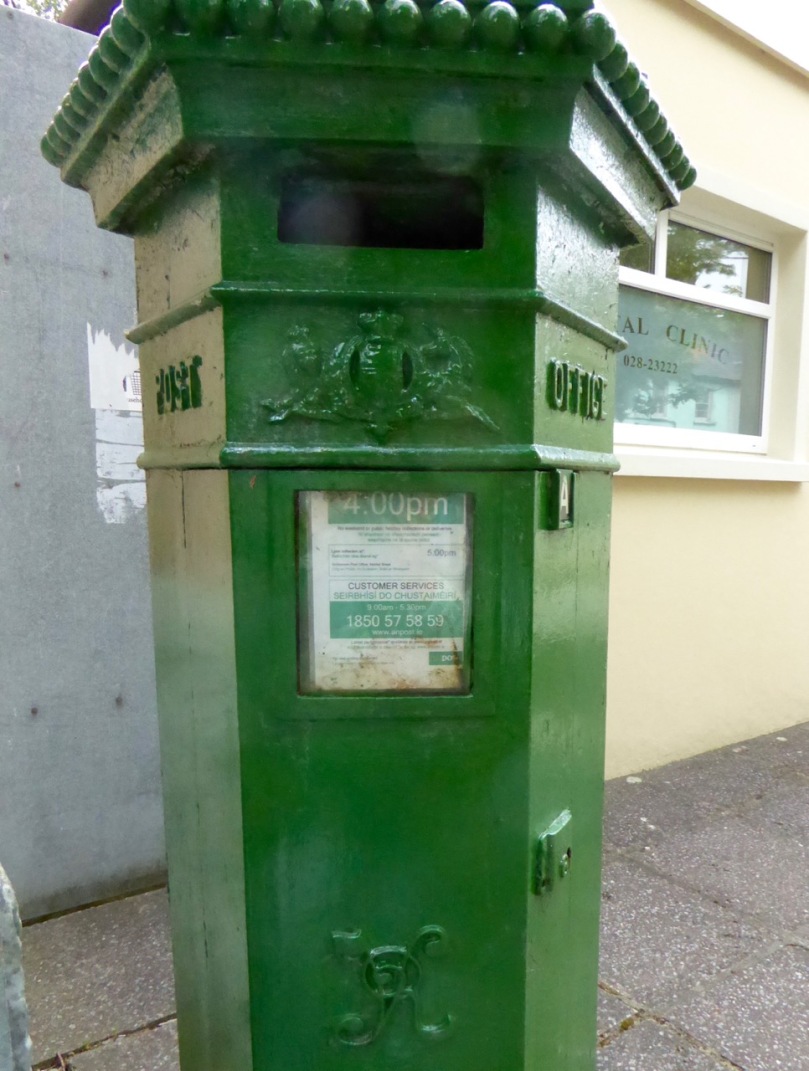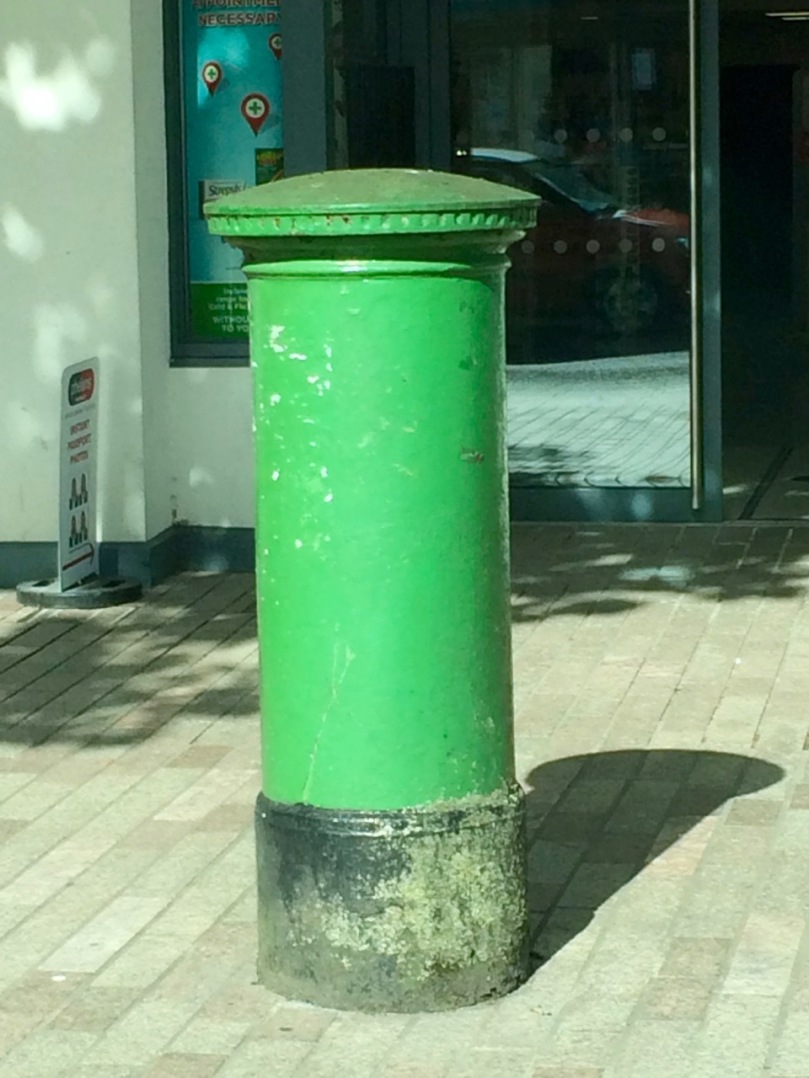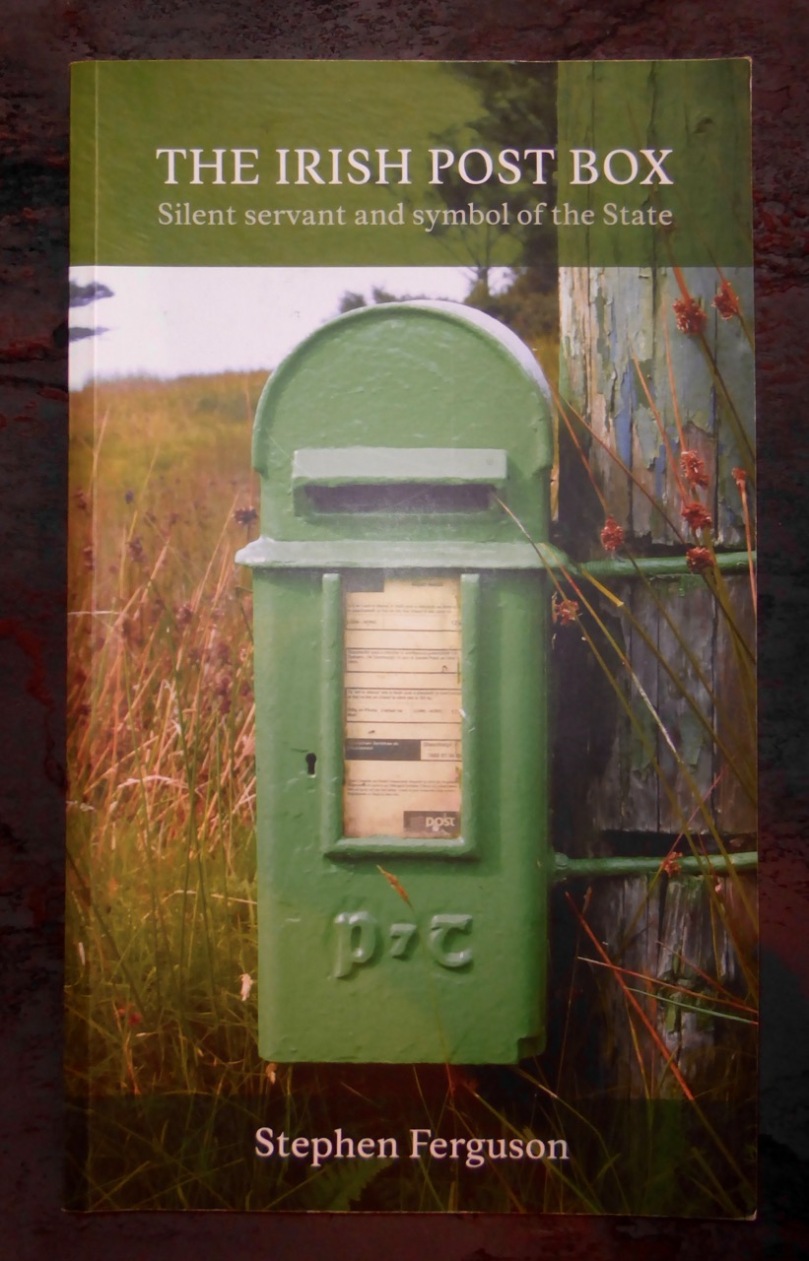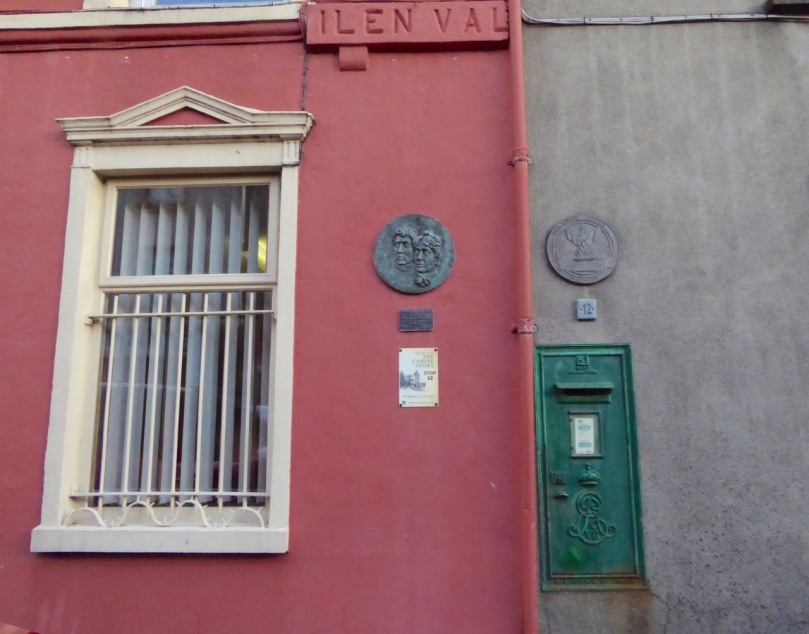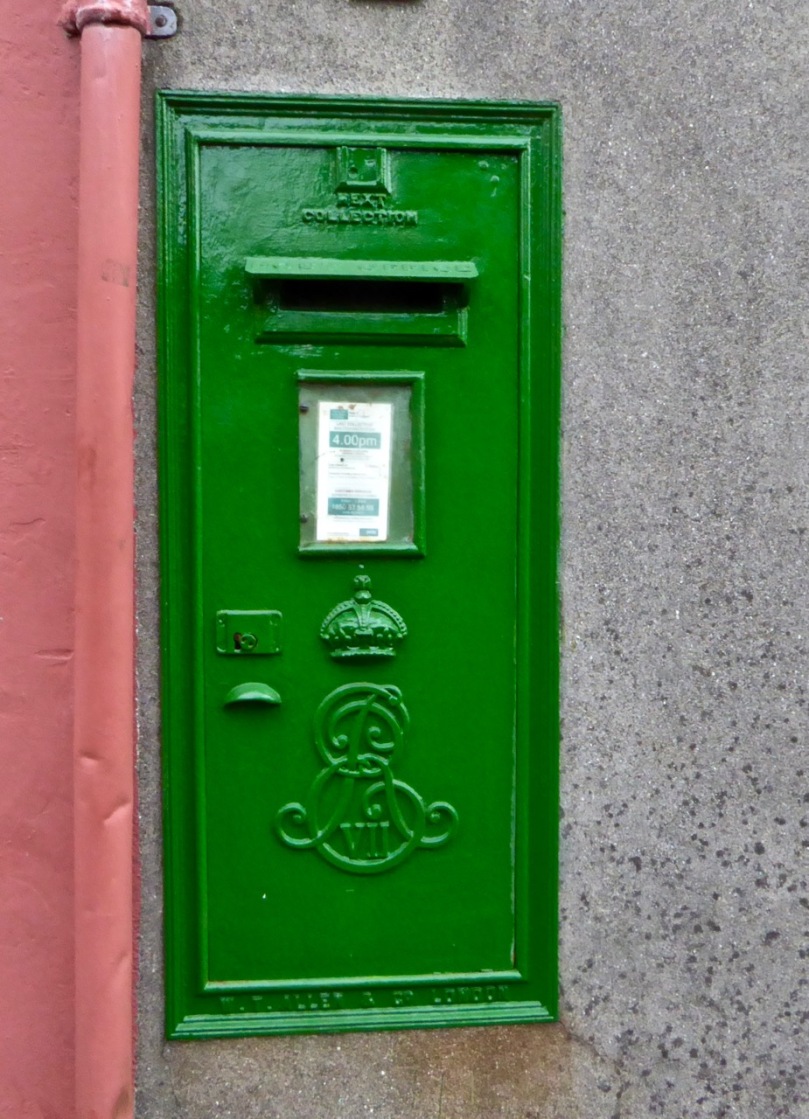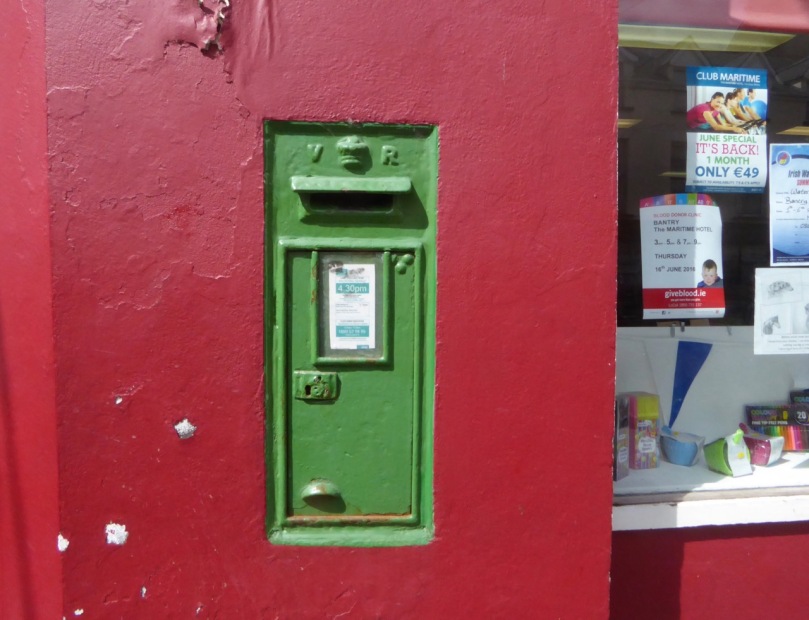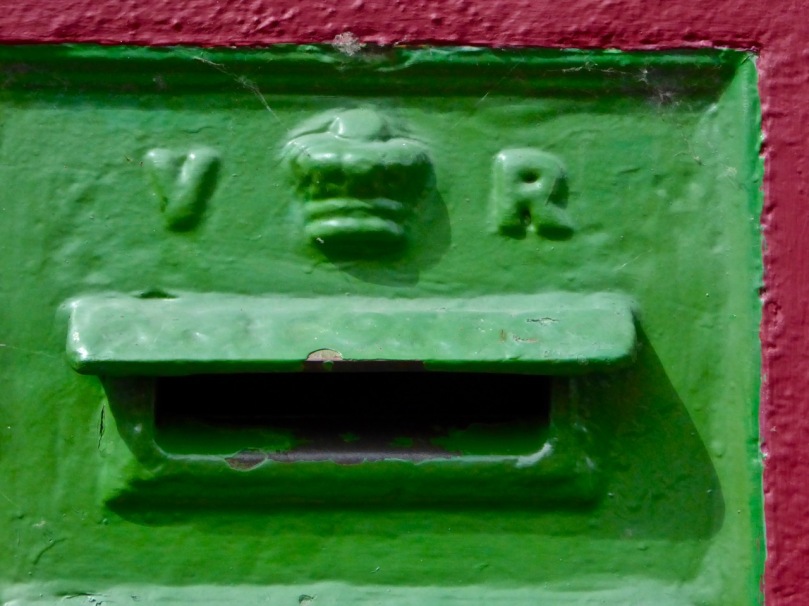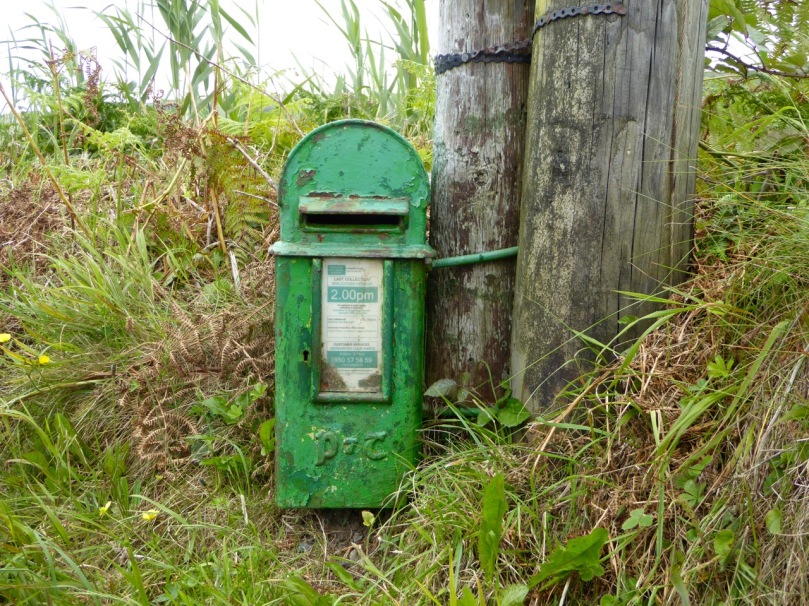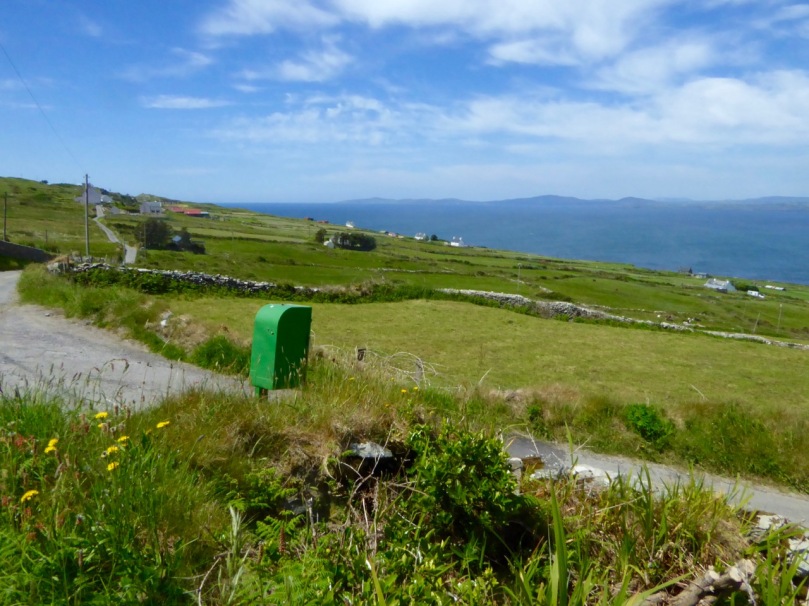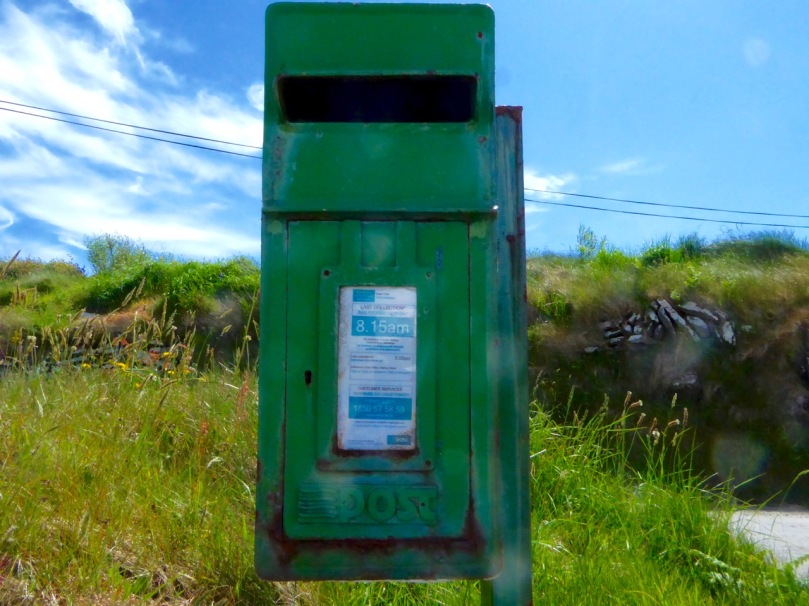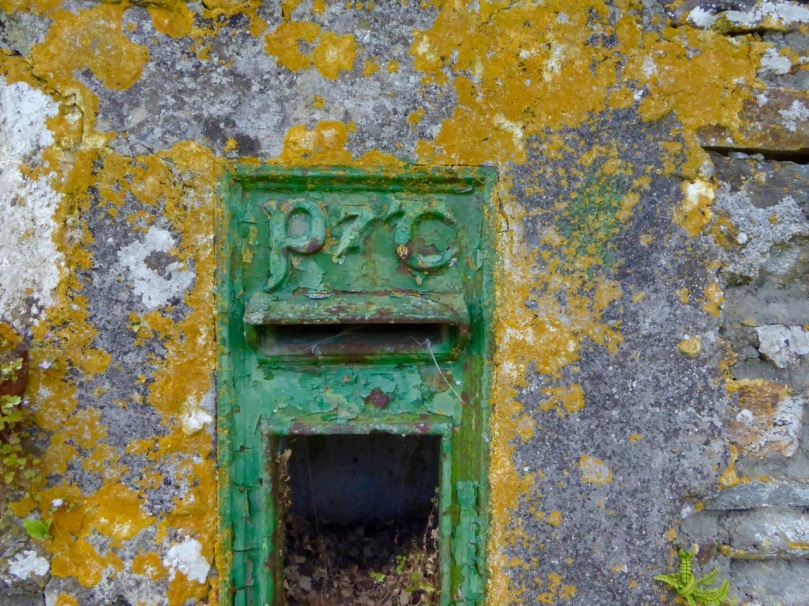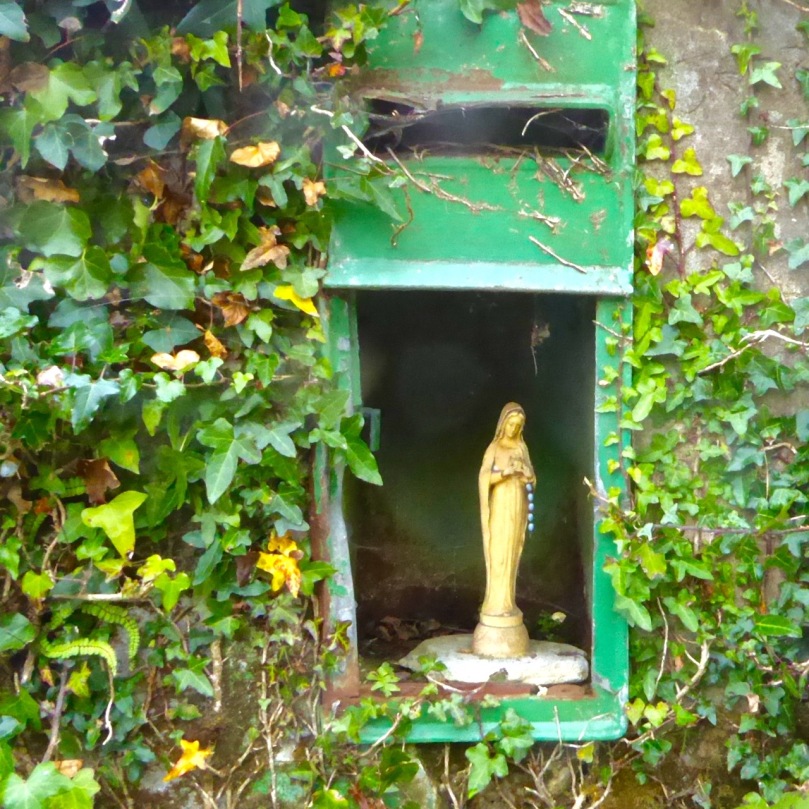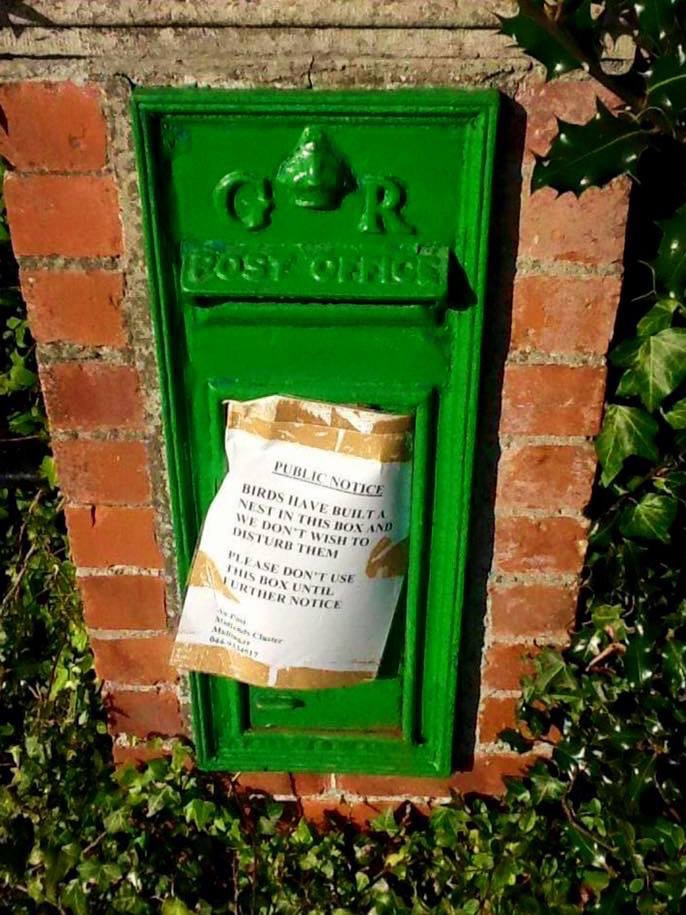-

 Magnificent oil painting of the great Arkle by renowned Irish artist L Fitzgerald,with regular jockey Pat Taafe on board wearing the distinctive yellow and black silks of Arkle's owner Anne,Duchess of Westminster. 50cm x 70cm Kilcock Co Kildare Arkle (19 April 1957 – 31 May 1970) was an Irish Thoroughbred racehorse. A bay gelding by Archive out of Bright Cherry, he was the grandson of the unbeaten (in 14 races) flat racehorse and prepotent sire Nearco. Arkle was born at Ballymacoll Stud, County Meath, by Mrs Mary Alison Baker of Malahow House, near Naul, County Dublin. He was named after the mountain Arkle in Sutherland, Scotland that bordered the Duchess of Westminster’s Sutherland estate. Owned by Anne Grosvenor, Duchess of Westminster, he was trained by Tom Dreaper at Greenogue, Kilsallaghan in County Meath, Ireland, and ridden during his steeplechasing career by Pat Taaffe. At 212, his Timeform rating is the highest ever awarded to a steeplechaser. Only Flyingbolt, also trained by Dreaper, had a rating anywhere near his at 210. Next on their ratings are Sprinter Sacre on 192 and then Kauto Star and Mill House on 191. Despite his career being cut short by injury, Arkle won three Cheltenham Gold Cups, the Blue Riband of steeplechasing, and a host of other top prizes. On 19th April, 2014 a magnificent 1.1 scale bronze statue was unveiled in Ashbourne, County Meath in commemoration of Arkle. In the 1964 Cheltenham Gold Cup, Arkle beat Mill House (who had won the race the previous year) by five lengths to claim his first Gold Cup at odds of 7/4. It was the last time he did not start as the favourite for a race. Only two other horses entered the Gold Cup that year. The racing authorities in Ireland took the unprecedented step in the Irish Grand National of devising two weight systems — one to be used when Arkle was running and one when he was not. Arkle won the 1964 race by only one length, but he carried two and half stones more than his rivals. The following year's Gold Cup saw Arkle beat Mill House by twenty lengths at odds of 3/10. In the 1966 renewal, he was the shortest-priced favourite in history to win the Gold Cup, starting at odds of 1/10. He won the race by thirty lengths despite a mistake early in the race where he ploughed through a fence. However, it did not stop his momentum, nor did he ever look like falling. Arkle had a strange quirk in that he crossed his forelegs when jumping a fence. He went through the season 1965/66 unbeaten in five races. Arkle won 27 of his 35 starts and won at distances from 1m 6f up to 3m 5f. Legendary Racing commentator Peter O'Sullevan has called Arkle a freak of nature — something unlikely to be seen again. Besides winning three consecutive Cheltenham Gold Cups (1964, 1965, 1966) and the 1965 King George VI Chase, Arkle triumphed in a number of other important handicap chases, including the 1964 Irish Grand National (under 12-0), the 1964 and 1965 Hennessy Gold Cups (both times under 12-7), the 1965 Gallagher Gold Cup (conceding 16 lb to Mill House while breaking the course record by 17 seconds), and the 1965 Whitbread Gold Cup(under 12-7). In the 1966 Hennessy, he failed by only half a length to give Stalbridge Colonist 35 lb. The scale of the task Arkle faced is shown by the winner coming second and third in the two following Cheltenham Gold Cups, while in third place was the future 1969 Gold Cup winner, What A Myth. In December 1966, Arkle raced in the King George VI Chase at Kempton Park but struck the guard rail with a hoof when jumping the open ditch, which resulted in a fractured pedal bone; despite this injury, he completed the race and finished second. He was in plaster for four months and, though he made a good enough recovery to go back into training, he never ran again. He was retired and ridden as a hack by his owner and then succumbed to what has been variously described as advanced arthritis or possibly brucellosis and was put down at the early age of 13. Arkle became a national legend in Ireland. His strength was jokingly claimed to come from drinking 2 pints of Guinness a day. At one point, the slogan Arkle for President was written on a wall in Dublin. The horse was often referred to simply as "Himself", and he supposedly received items of fan mail addressed to 'Himself, Ireland'. The Irish government-owned Irish National Stud, at Tully, Kildare, Co. Kildare, Ireland, has the skeleton of Arkle on display in its museum. A statue in his memory was erected in Ashbourne Co. Meath in April 2014.
Magnificent oil painting of the great Arkle by renowned Irish artist L Fitzgerald,with regular jockey Pat Taafe on board wearing the distinctive yellow and black silks of Arkle's owner Anne,Duchess of Westminster. 50cm x 70cm Kilcock Co Kildare Arkle (19 April 1957 – 31 May 1970) was an Irish Thoroughbred racehorse. A bay gelding by Archive out of Bright Cherry, he was the grandson of the unbeaten (in 14 races) flat racehorse and prepotent sire Nearco. Arkle was born at Ballymacoll Stud, County Meath, by Mrs Mary Alison Baker of Malahow House, near Naul, County Dublin. He was named after the mountain Arkle in Sutherland, Scotland that bordered the Duchess of Westminster’s Sutherland estate. Owned by Anne Grosvenor, Duchess of Westminster, he was trained by Tom Dreaper at Greenogue, Kilsallaghan in County Meath, Ireland, and ridden during his steeplechasing career by Pat Taaffe. At 212, his Timeform rating is the highest ever awarded to a steeplechaser. Only Flyingbolt, also trained by Dreaper, had a rating anywhere near his at 210. Next on their ratings are Sprinter Sacre on 192 and then Kauto Star and Mill House on 191. Despite his career being cut short by injury, Arkle won three Cheltenham Gold Cups, the Blue Riband of steeplechasing, and a host of other top prizes. On 19th April, 2014 a magnificent 1.1 scale bronze statue was unveiled in Ashbourne, County Meath in commemoration of Arkle. In the 1964 Cheltenham Gold Cup, Arkle beat Mill House (who had won the race the previous year) by five lengths to claim his first Gold Cup at odds of 7/4. It was the last time he did not start as the favourite for a race. Only two other horses entered the Gold Cup that year. The racing authorities in Ireland took the unprecedented step in the Irish Grand National of devising two weight systems — one to be used when Arkle was running and one when he was not. Arkle won the 1964 race by only one length, but he carried two and half stones more than his rivals. The following year's Gold Cup saw Arkle beat Mill House by twenty lengths at odds of 3/10. In the 1966 renewal, he was the shortest-priced favourite in history to win the Gold Cup, starting at odds of 1/10. He won the race by thirty lengths despite a mistake early in the race where he ploughed through a fence. However, it did not stop his momentum, nor did he ever look like falling. Arkle had a strange quirk in that he crossed his forelegs when jumping a fence. He went through the season 1965/66 unbeaten in five races. Arkle won 27 of his 35 starts and won at distances from 1m 6f up to 3m 5f. Legendary Racing commentator Peter O'Sullevan has called Arkle a freak of nature — something unlikely to be seen again. Besides winning three consecutive Cheltenham Gold Cups (1964, 1965, 1966) and the 1965 King George VI Chase, Arkle triumphed in a number of other important handicap chases, including the 1964 Irish Grand National (under 12-0), the 1964 and 1965 Hennessy Gold Cups (both times under 12-7), the 1965 Gallagher Gold Cup (conceding 16 lb to Mill House while breaking the course record by 17 seconds), and the 1965 Whitbread Gold Cup(under 12-7). In the 1966 Hennessy, he failed by only half a length to give Stalbridge Colonist 35 lb. The scale of the task Arkle faced is shown by the winner coming second and third in the two following Cheltenham Gold Cups, while in third place was the future 1969 Gold Cup winner, What A Myth. In December 1966, Arkle raced in the King George VI Chase at Kempton Park but struck the guard rail with a hoof when jumping the open ditch, which resulted in a fractured pedal bone; despite this injury, he completed the race and finished second. He was in plaster for four months and, though he made a good enough recovery to go back into training, he never ran again. He was retired and ridden as a hack by his owner and then succumbed to what has been variously described as advanced arthritis or possibly brucellosis and was put down at the early age of 13. Arkle became a national legend in Ireland. His strength was jokingly claimed to come from drinking 2 pints of Guinness a day. At one point, the slogan Arkle for President was written on a wall in Dublin. The horse was often referred to simply as "Himself", and he supposedly received items of fan mail addressed to 'Himself, Ireland'. The Irish government-owned Irish National Stud, at Tully, Kildare, Co. Kildare, Ireland, has the skeleton of Arkle on display in its museum. A statue in his memory was erected in Ashbourne Co. Meath in April 2014. -

 71cm x 97cm Newbridge Co Kildare Phenomenal original oil on canvas of a motionless Lester Piggott cantering to an easy victory on board a handsome bay colt.The famous colours of the Aga Khan and Lady Clague can be seen battling for the minor honours.
71cm x 97cm Newbridge Co Kildare Phenomenal original oil on canvas of a motionless Lester Piggott cantering to an easy victory on board a handsome bay colt.The famous colours of the Aga Khan and Lady Clague can be seen battling for the minor honours."Lester Piggott, a dapper yet gaunt man, ghosts across the cold marble floor of a hotel in Mayfair with a vaguely haunted expression. The prospect of another interview, after a lifetime of such encounters, does not fill the great old jockey with glee. He has heard every question before and, as an infamously reluctant communicator, he has dodged most since his first winner in 1948. A Piggott interview is meant to be a challenge like no other.
Having spent the past few days consumed by grainy yet riveting footage of Piggott riding magnificent horses like Nijinsky and Sir Ivor, or watching him show a brutal need to win while driving on Roberto and The Minstrel to victory in the Derby in the 1970s, I launch into an earnest waffle of a greeting.
“Hello,” the 79-year-old Piggott says in his whispery mumble, offering a fleeting handshake.
Piggott’s life – stretching from 11 champion jockey titles and 30 Classic victories to a tangled personal life and being jailed for tax evasion – has always been compelling and prickly. Who else has won the Derby nine times, been stripped of his OBE and waged war against his own body so that he could scale 30 pounds less than his natural weight? The vivid backdrop lingers and a splash of colour peeks out in the form of Piggott’s pink shirt beneath a sober grey suit.
Forty years ago, when known as the Long Fellow, Piggott’s fame saw him ranked alongside Muhammad Ali, Pelé and George Best. Ali boasted loudly and justifiably that he was The Greatest; but the Long Fellow preferred icy silence or his trademark mumble.
-


The first act of the Irish Free State after independence was to paint all the post boxes throughout the country green. It was a brilliant stroke – royal red replaced by emerald green in one of the most visible and ubiquitous symbols of national administration.
The Penfold post box in Skibbereen, one of only a handful left in Ireland
Ironically, the post boxes themselves did not change, so the royal insignias were simply over-painted by the new colour. The result was a charming mixture of tradition and adaptation that serves as an ongoing reminder of the history of Ireland and its institutions.

Special stamps issued by the Royal Mail in 2015 to celebrate the bicentenary of the birth of Anthony Trollope
The first post boxes were introduced to Ireland in the 1850s by the novelist Anthony Trollope, then a Surveyor for the Post Office. Trollope was happy in Ireland and wrote several novels and stories set here, although they are not the works for which he is most remembered.
We don’t usually think of Anthony Trollope as an Irish novelist but he lived here for almost 20 years, spent working for the Post Office and writing
One of the earliest models for a free-standing post box came to be known as the Penfold, after its designer, J W Penfold. They were manufactured and deployed from 1866 to 1879 and very few have survived in Ireland to this day – only six are known and of these only three are still in operation. Skibbereen has one of those, and very fine it is: one hundred and fifty years old and still in daily use!
The hexagonal Penfold designed was apparently inspired by the Temple of the Winds in Athens (although the Temple is octagonal), with the addition of an acanthus leaf on the cap and a smart bud-shaped finial and beading.

Photograph of the Temple of the Winds from Wikipedia
Our Skibbereen Penfold is in excellent condition: note the royal insignia and the entwined VR for Victoria Regina.
The Penfolds were replaced by round pillar boxes because there were too many complaints that the hexagonal design caused letters to stick. These cylindrical boxes can be seen everywhere in Ireland still, although mostly in towns and cities. The one below is on Grand Parade in Cork.
In his book The Irish Post Box, which I gratefully acknowledge as the source of much of the information in this blog post, Stephen Ferguson describes the three main types of post boxes that have been developed for use in Ireland: pillar, wall and lamp. In rural areas, such as West Cork, wall and lamp boxes are the most common forms I have encountered.
Here’s a representative wall box in Skibbereen. Interestingly, it’s part of a mini-complex of historical markers including the plaque to the Clerke sisters (see my posts From Skibbereen to the Moon Part 1 and Part 2 for more about these remarkable women and their family) and signs for the Skibbereen heritage walking trail, all mounted together on the wall of what was the main bank in Skibbereen during the Famine period.
The box was manufactured by W T Allen and Co of London and bears the ornately scrolled insignia and crown of Edward the VII, which places it between 1901 to 1910.
Here’s another nice one in Bantry, a Victorian one, although this time the VR lettering is simpler than on the Penfold. This one has been painted so often that the embossed POST OFFICE on the protective hood has almost disappeared under the layers.
Lamp boxes were designed for remote areas where a suitable wall might not be readily available. Ferguson explains:
Lamp post boxes, based on a design used by the United States Postal Service, were first introduced in 1896 in London as a response to calls for more post boxes throughout the city. Affixed to a street lamp, the boxes were used at locations where the expense of a pillar or wall box could not be justified. In Ireland, however, they were often deployed in rural areas where, attached to a telegraph or specially erected pole by metal clips, they were very useful in extending postal collections to remote and sparsely populated regions. Tucked under hedges or used sometimes as a smaller version of a wall box, these post boxes were relatively cheap to make and easy to install and they symbolise…the extraordinary influence and reach of the Post Office as an institution at the height of its powers.
Driving or walking around rural Ireland, look out for ‘lamp’ boxes. Here’s one from the road near Barley Cove.
 A closer inspection reveals this one bears the P & T logo that was in use between 1939 and 1984, before it was replaced by the brand ‘An Post’. Sometimes the old royal initials were ground off the boxes, or sometimes the doors were replaced with new ones bearing the P&T lettering, but it seems that considerations of cost (always paramount with the careful Post Office) allowed many to simply remain in place as they were. In the early years of the new state, some were embossed with the Saorstát Éireann logo (even sharing the door with a VR insignia) but that practice was relatively short lived and I have found no examples to it yet in West Cork. The website Irish Postal History has this example from Washington Street in Cork.
A closer inspection reveals this one bears the P & T logo that was in use between 1939 and 1984, before it was replaced by the brand ‘An Post’. Sometimes the old royal initials were ground off the boxes, or sometimes the doors were replaced with new ones bearing the P&T lettering, but it seems that considerations of cost (always paramount with the careful Post Office) allowed many to simply remain in place as they were. In the early years of the new state, some were embossed with the Saorstát Éireann logo (even sharing the door with a VR insignia) but that practice was relatively short lived and I have found no examples to it yet in West Cork. The website Irish Postal History has this example from Washington Street in Cork.On Cape Clear – the most scenic post box in Ireland?
If no lamp post or suitable pole existed, a simple stake was erected to which a box could be attached. Cape Clear Island didn’t get electricity until the 1970s, so this post box (above and below) must predate the advent of poles. The logo, however, is that of An Post, which was established as the new brand in 1984. Perhaps the poles were only erected island-wide after the submarine cable was laid in the 1990s.
Not all mail boxes have been retained for active use – so what happens to them? Many simply remain in situ, as a picturesque reminder of times when we actually wrote to each other instead of texting or emailing. The one below at Rossbrin, near Ballydehob, was once attached to the wall outside the old schoolhouse. The first photograph at the start of today’s post shows its location.
And this one, at Ahakista, has been repurposed as a wayside shrine.
But even if it’s still in use, sometimes a mail boxes can’t be used for its real purpose, but has more important work to do! I don’t know where this last photograph was taken or whose work this is – it was widely circulated on the internet – but I would be happy to credit the photographer if I knew who it was. Delighted to have this also as an example of a post box from the reign of George V, 1910 to 1936.


